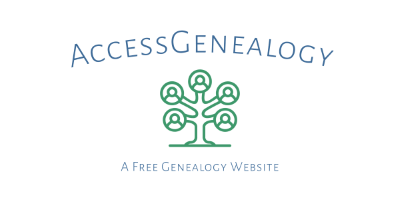Monacan Tribe
Monacan Indians (possibly from an Algonquian word signifying a digging stick or spade). A tribe and confederacy of Virginia in the 17th century. The confederacy occupied the upper waters of James river above the falls at Richmond. Their chief village was Rasawek. They were allies of the Manahoac and enemies of the Powhatan, and spoke a language different from that of either. They were finally incorporated with other remnants under the names of Saponi and Tutelo. The confederacy was composed of the Monacan proper, Massinacac, Mohemencho, Monahassano, Monasiccapano, and some other tribes. The Monacan proper had a chief settlement, known … Read more
